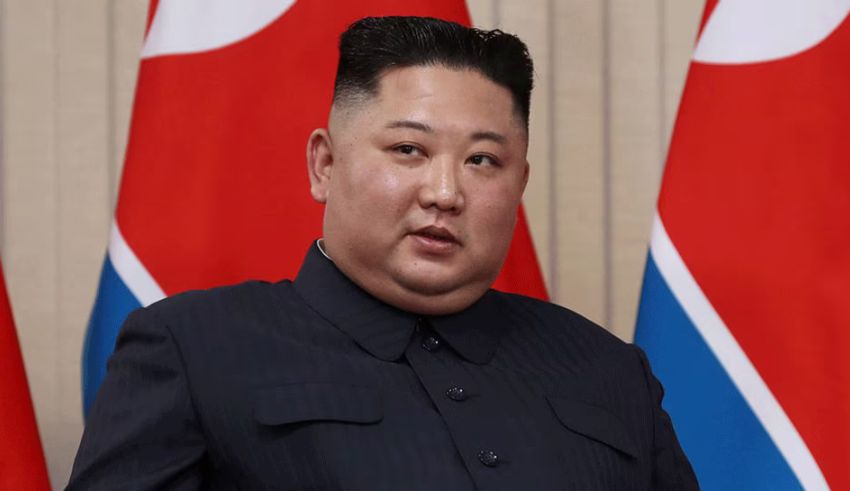

(C) Zee News
In a surprising move, North Korean leader Kim Jong Un announced last month that he was abandoning the long-held goal of reconciliation and unification with South Korea, and instead declared the South as his country’s “permanent enemy”. Kim said that North Korea “did not want war, but we also have no intention of avoiding it”, and that his aim was to “occupy, suppress and reclaim” the South if a conflict broke out.
Kim’s new stand on South Korea marks a radical departure from decades of official policy, which sought to maintain dialogue and cooperation with the South, despite occasional tensions and provocations. Kim’s father and predecessor, Kim Jong Il, had signed several agreements with the South, such as the 1991 Basic Agreement and the 2000 Joint Declaration, which committed both sides to peaceful coexistence and eventual reunification.
Kim’s reasons for the policy shift are not entirely clear, but some analysts suggest that he may have been influenced by several factors, such as:
Kim has not only changed his words, but also his actions, to back up his new policy toward the South. In recent weeks, he has ordered a series of weapons tests, including ballistic missiles, cruise missiles, and hypersonic missiles, demonstrating his country’s growing and diversified arsenal. He has also shelled a maritime buffer zone that was established in 2018 to prevent accidental clashes, and called for his military to accelerate war preparations and readiness.
Kim’s actions have drawn condemnation and concern from the international community, especially from the US, South Korea, and Japan, who have urged him to refrain from further provocations and return to dialogue. The US has also reaffirmed its commitment to defend and support its allies in the region, and has conducted joint military exercises and consultations with them. The UN Security Council has also discussed the situation and called for the full implementation of its resolutions on North Korea.
Kim’s policy shift toward the South may bring him some rewards, such as:
However, Kim’s policy shift also entails significant risks, such as:
The future of the Korean Peninsula is uncertain and unpredictable, as Kim’s policy shift has created a new and dangerous situation that could lead to either war or peace, depending on how the parties involved react and interact. The US and the South have expressed their willingness and preference for dialogue and diplomacy, but they have also made clear that they will not tolerate or accept North Korea’s nuclear and missile threats, and that they will defend and deter any aggression. North Korea, meanwhile, has shown its determination and capability to pursue and enhance its nuclear and missile programs, but it has also left some room for dialogue and engagement, if the conditions and terms are favorable.
The key to resolving the crisis and preventing a war lies in finding a way to bridge the gap and build trust between the two sides, and to address their respective security and economic concerns and interests. This will require political will, strategic vision, and creative diplomacy from all parties involved, as well as the support and cooperation of the international community. The stakes are high, and the time is short, for the peace and stability of the Korean Peninsula and the region.
BLACKPINK is planning their fourth concert tour across the globe and their brand-new album for release in 2025. Member Lisa…
The 2024-2025 BOC Life Hong Kong Premier League is a different league which is structured with triple-round robin competition every…
On May 5th the 2025 Met Gala will glitter the world through its return to The Metropolitan Museum of Art…
‘Children’s Day’ is celebrated annually on 5 May in South Korea, on this day across the nation many campaigns, creative…
May is one of the crucial financial months in a year, if you have any important transactions or any official…
If you happen to breathe K-drama, then your 'May 2025' will most likely be well-rendered into a month! Romantic sagas,…
This website uses cookies.
Read More